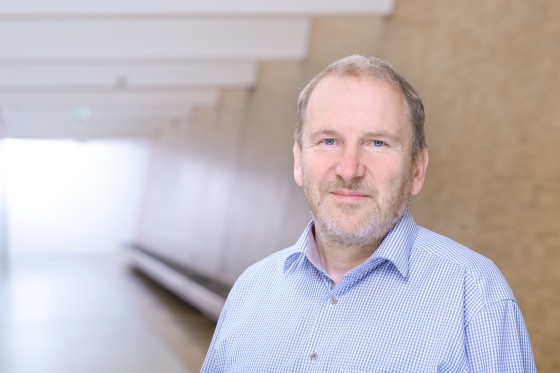
Experts present plan of action to treat male infertility
At least one in seven heterosexual couples worldwide is involuntarily childless. The reason is not only the woman’s infertility but also, in almost just as many cases, infertility in the man. Little is known, however, about the influences of genetic factors and environmental conditions on the production of sperm cells and, as a result, on the causes of male infertility. This needs to change, say 26 leading specialists from ten countries in a joint review article published in the journal Nature Reviews Urology – because, they say, the gaps in our knowledge might lead, among other things, to existing illnesses underlying male fertility not being recognised. Also, they add, the healthy female partner bears a disproportionately heavy burden if the couple resort to medically assisted procreation because no causal therapy for the infertility is possible.
The interdisciplinary team of authors – coordinated by reproductive researcher Prof. Moira O´Bryan from the University of Melbourne in Australia – used a list of 13 questions to analyse the current status of the research being done. Taking this as its basis, the team drew up a plan of action with the aim of getting governments and medical experts, as well as the general public, to recognise reduced male fertility as a widespread serious medical and social problem and implement measures to counter it on a global scale. Among the authors are Prof. Stefan Schlatt from the Centre of Reproductive Medicine and Andrology at Münster University, Prof. Frank Tüttelmann from the Institute of Reproductive Genetics at Münster University, and Prof. Hermann Behre from the Kinderwunschzentrum (Fertility Centre) at Münster University Hospital (UKM).

The review article originated in an initiative from the “Male Reproductive Health Initiative” (MRHI), a working group at the European Society for Human Reproduction and Embyology (ESHRE). The ESHRE provided financial support for the MRHI. The research work was also partially supported by funding from the National Health and Medical Research Council of Australia (APP1120356), the Canada Research Chairs Program, and grants from the Canadian Institutes of Health Research (DOHaD Team grant 358654 und Operating grant 350129).
Original publication
Kimmins, S., Anderson, R.A., Barratt, C.L.R. et al. (2023): Frequency, morbidity and equity — the case for increased research on male fertility. Nat Rev Urol; DOI: 10.1038/s41585-023-00820-4
